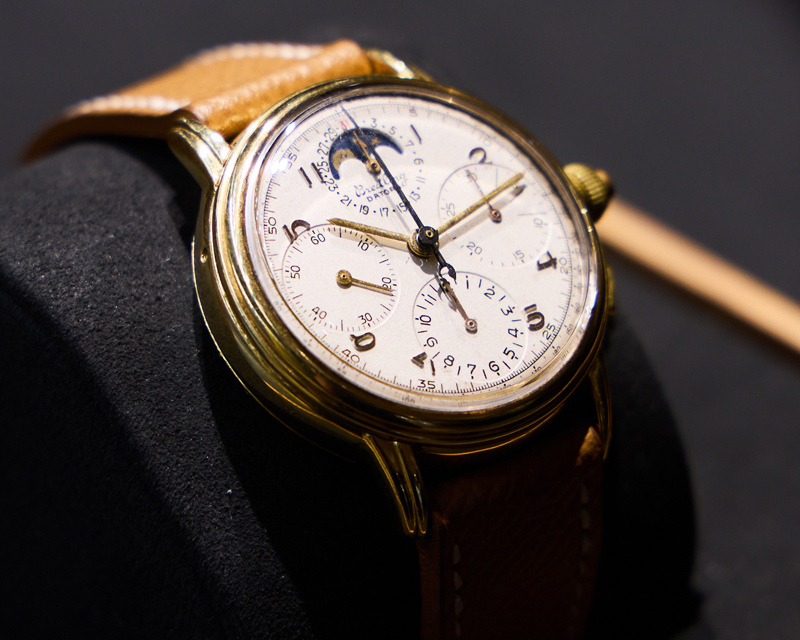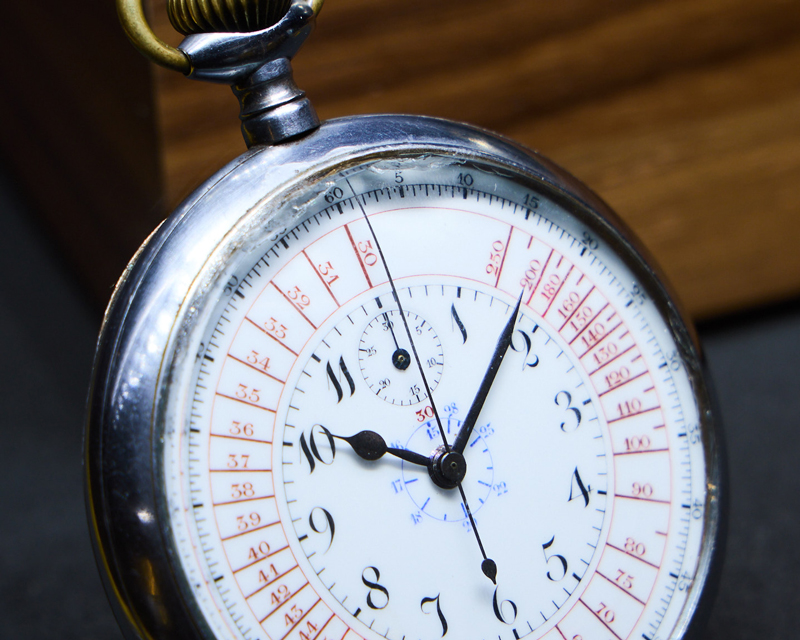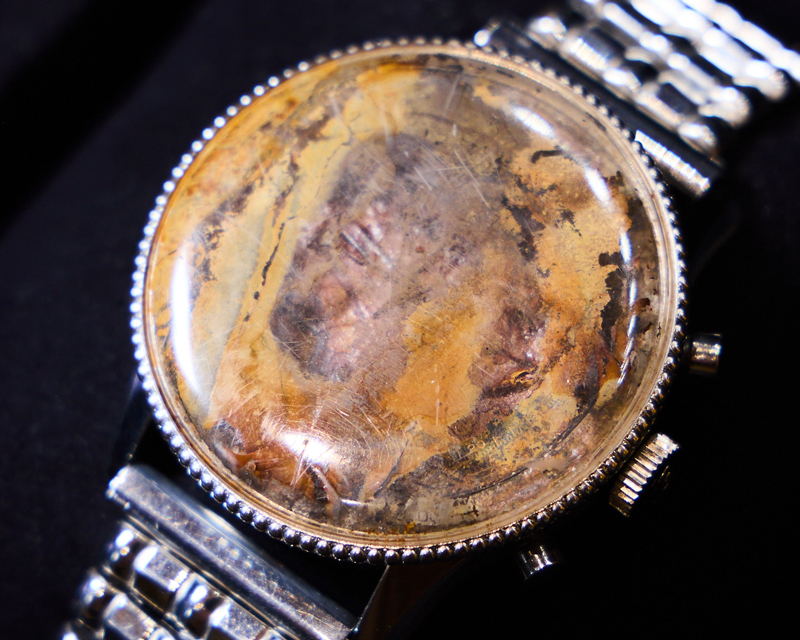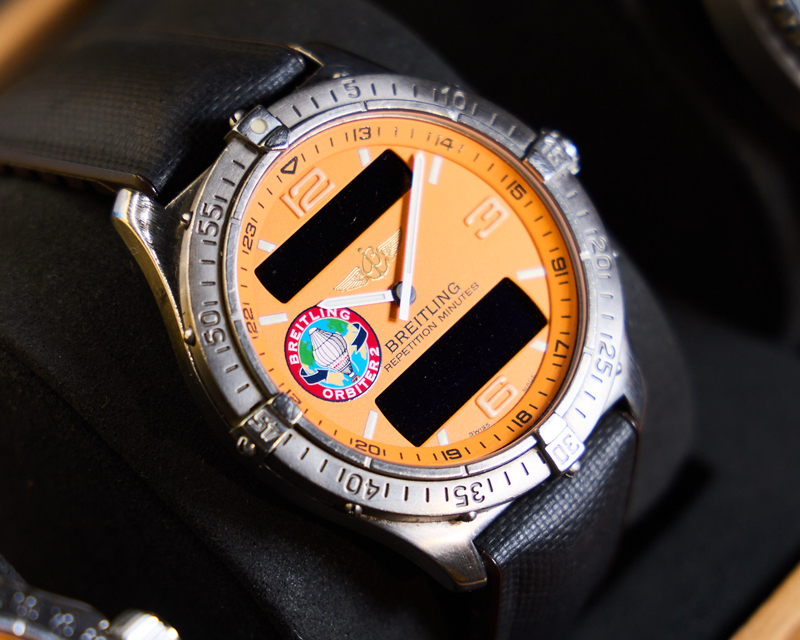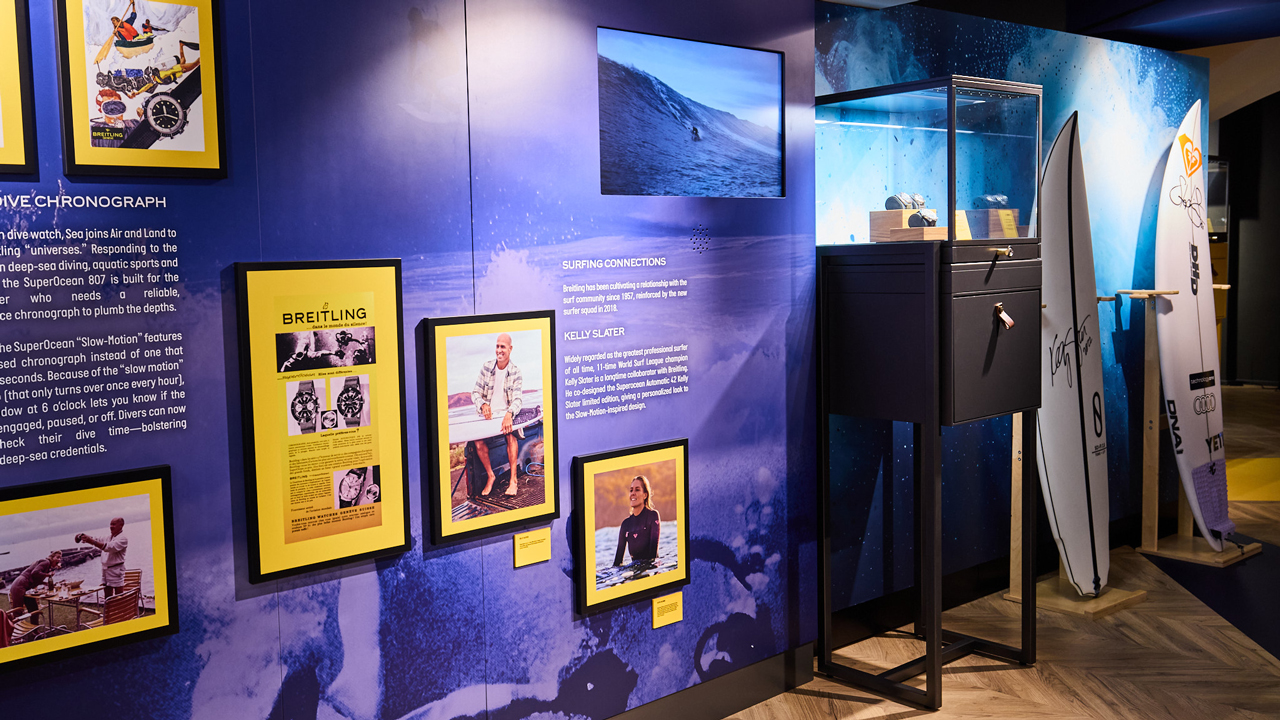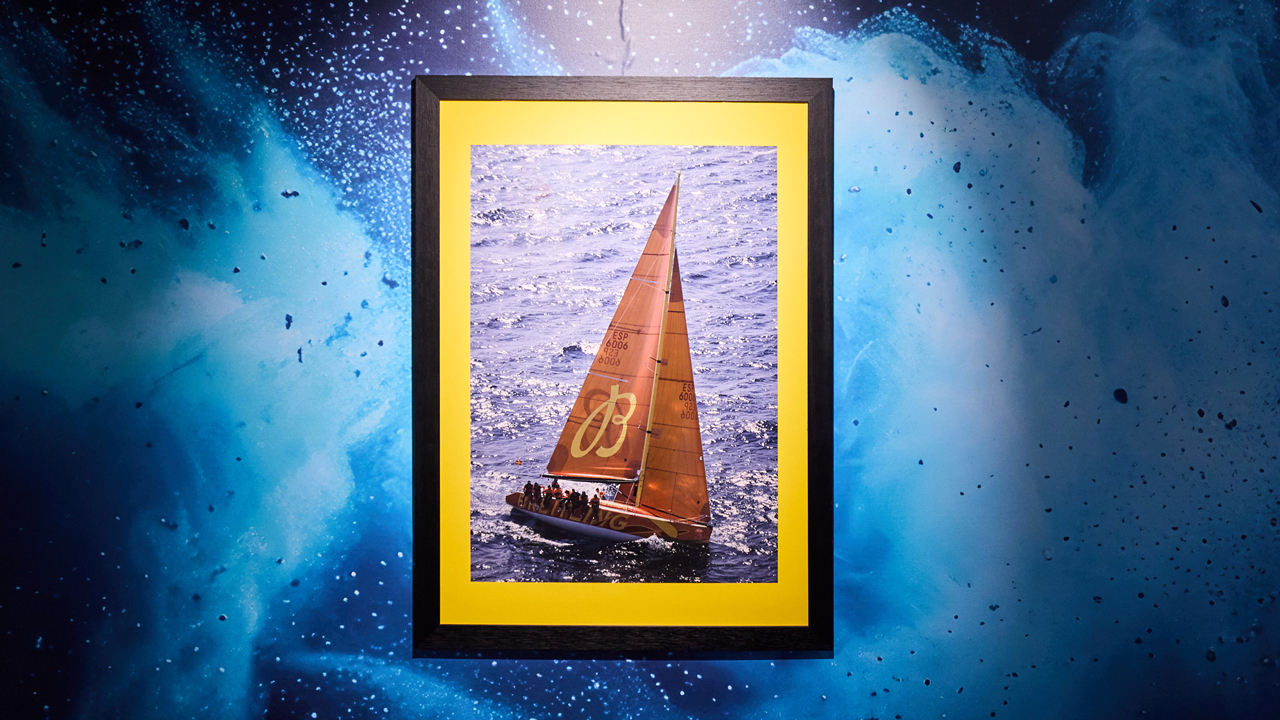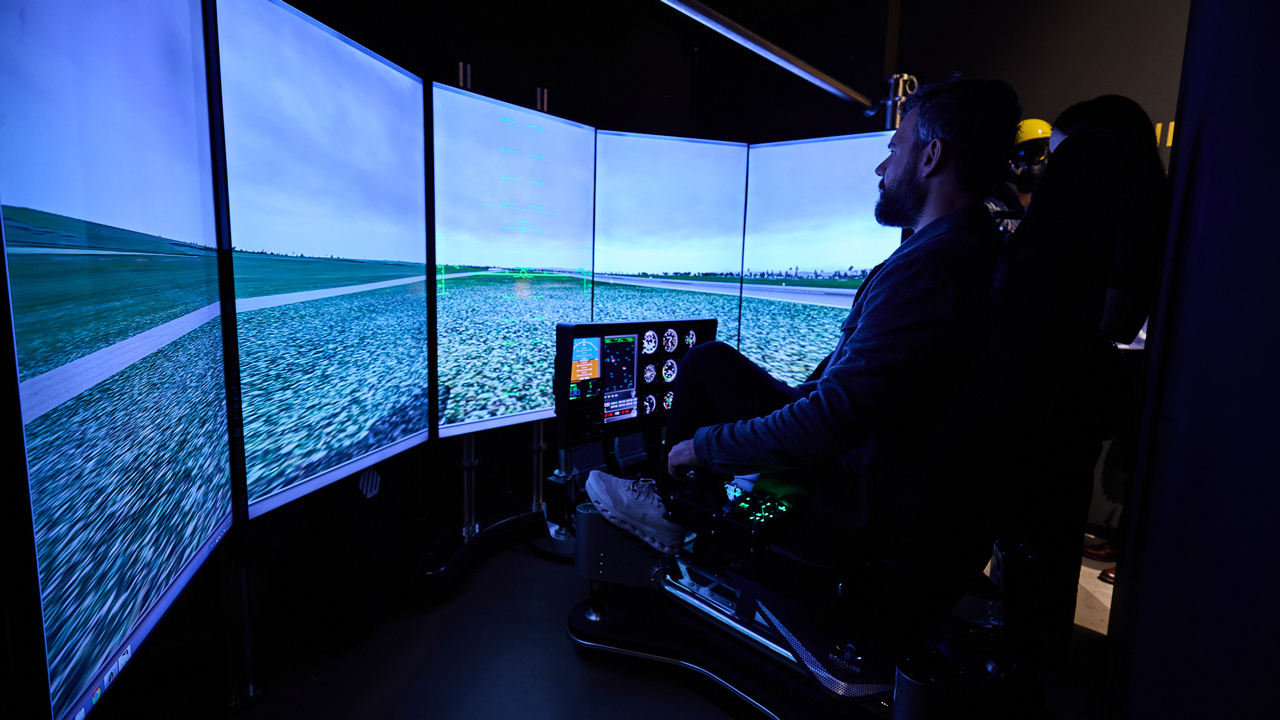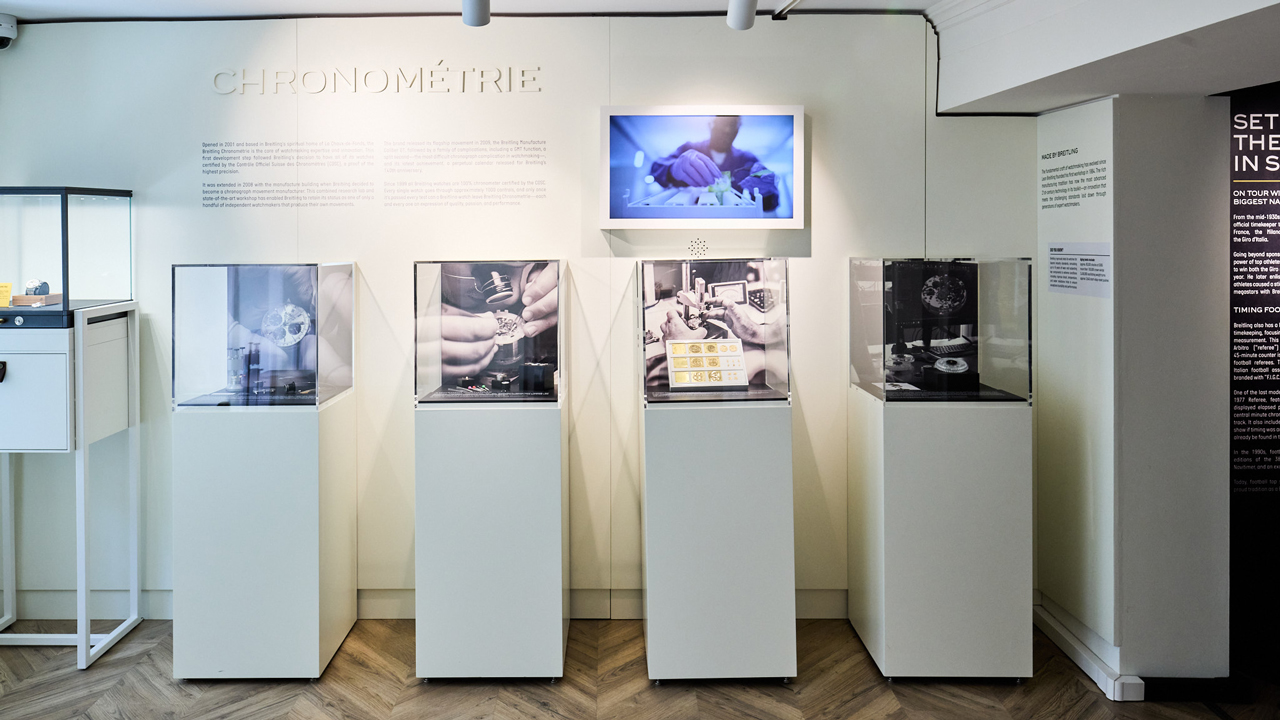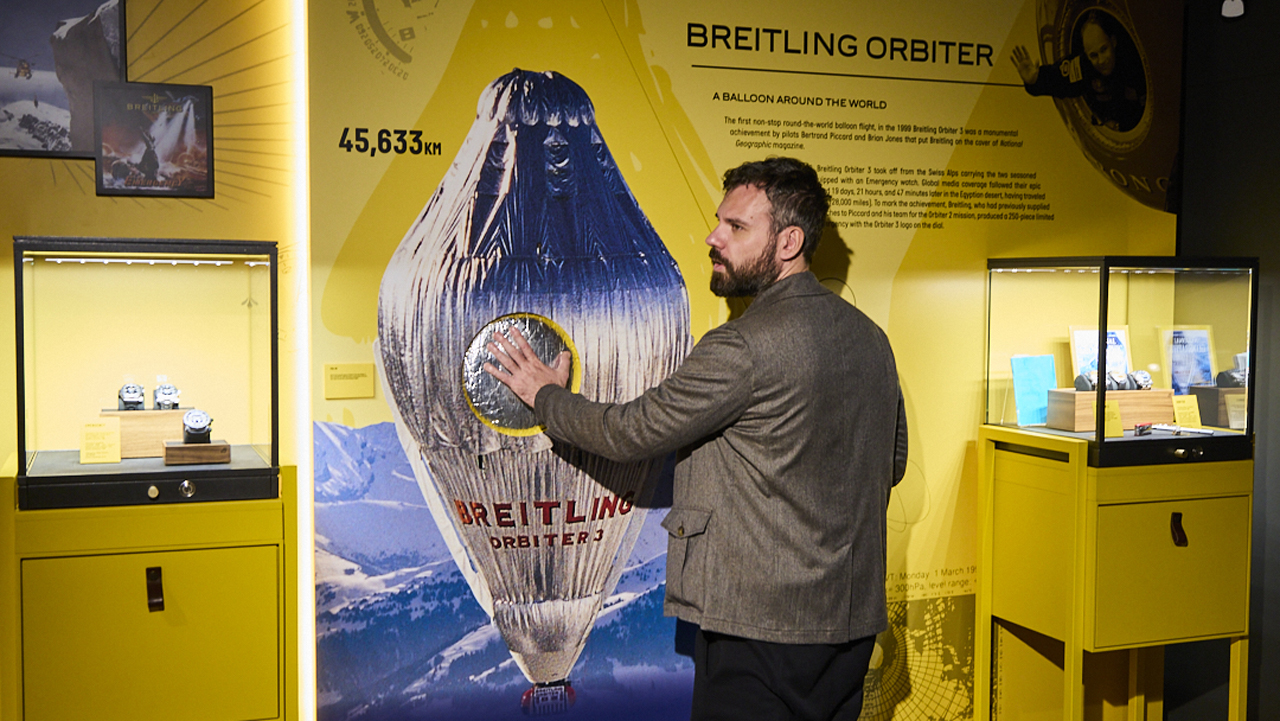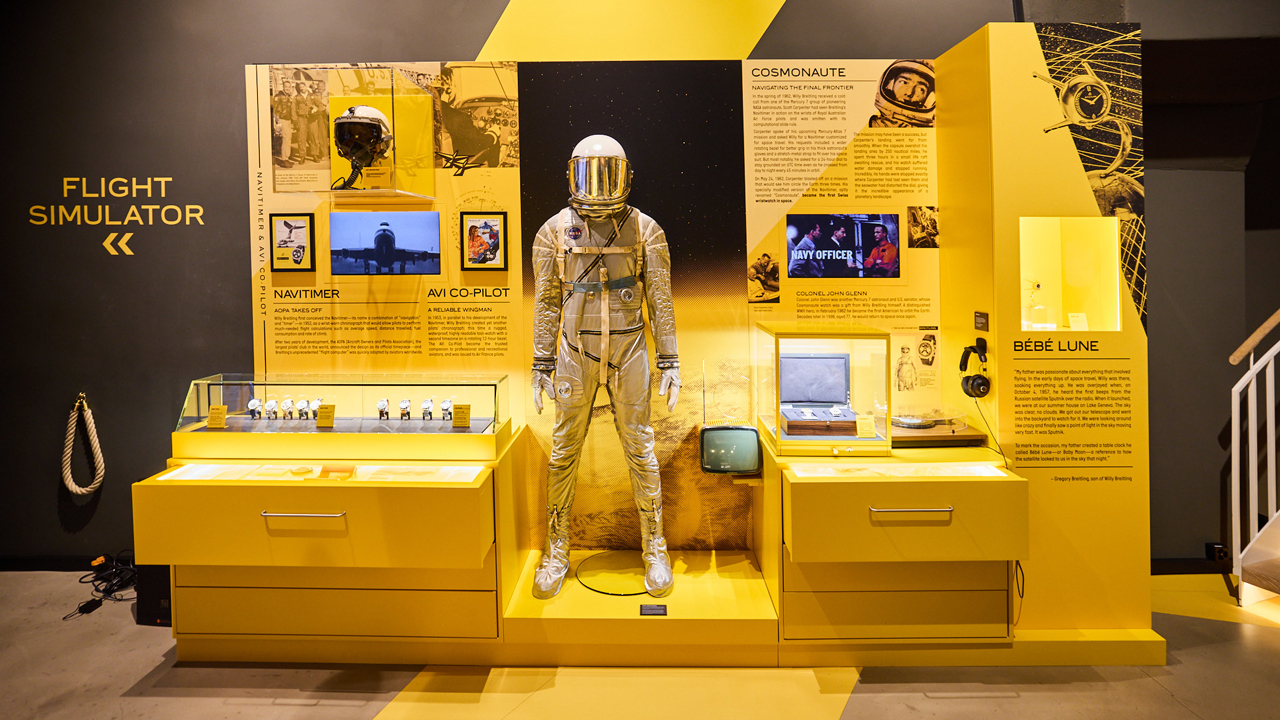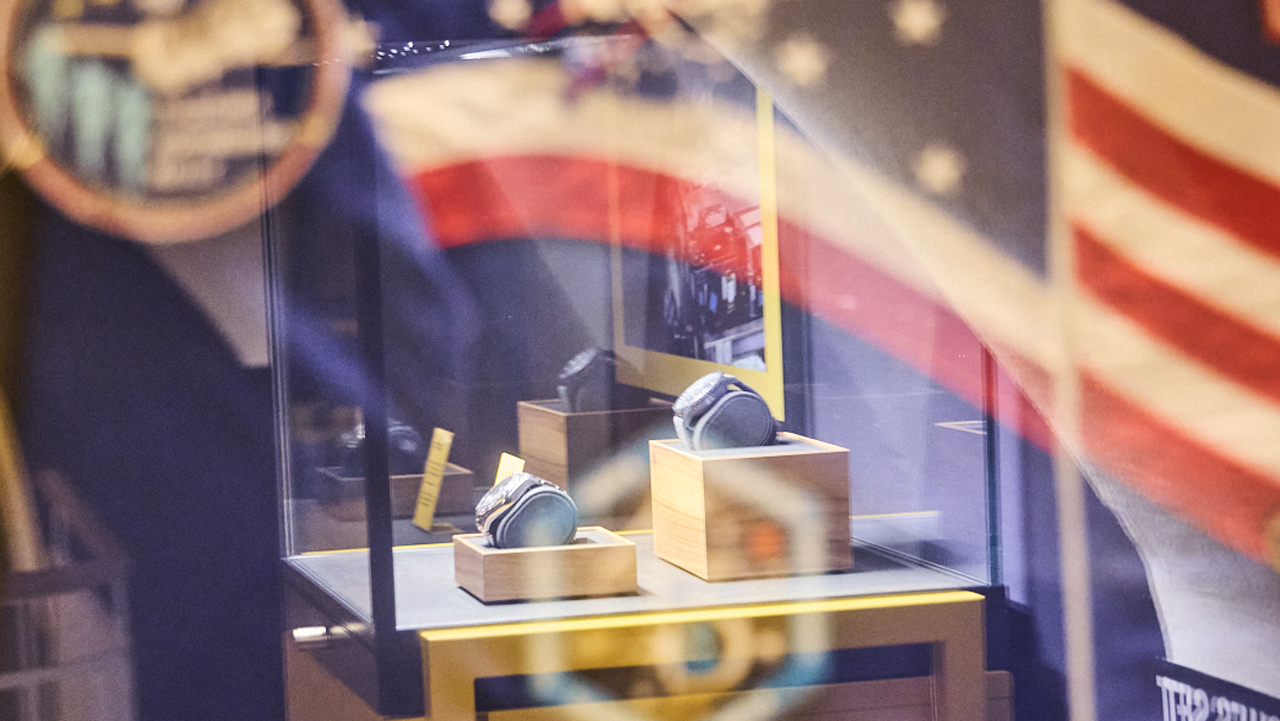Scott Carpenter and the Breitling Navitimer Cosmonaute
On May 24, 1962, Scott Carpenter became the sixth man to travel into space, piloting the Aurora 7 capsule as part of the Mercury-Atlas 7 mission. As a U.S. Navy pilot and astronaut, Carpenter understood the importance of a reliable tool in space missions. He collaborated with Breitling to adapt the Navitimer to astronauts’ needs. The main modification? A 24-hour dial, essential for distinguishing day from night in space.
His customized Breitling Navitimer Cosmonaute, designed specifically for this mission, became the first Swiss watch to travel to space. Unfortunately, upon the splashdown of Aurora 7, Carpenter lost his watch in the Atlantic Ocean. This disappearance only added to its legendary status, and Breitling has since reissued the model in various versions to honor this historic achievement.
